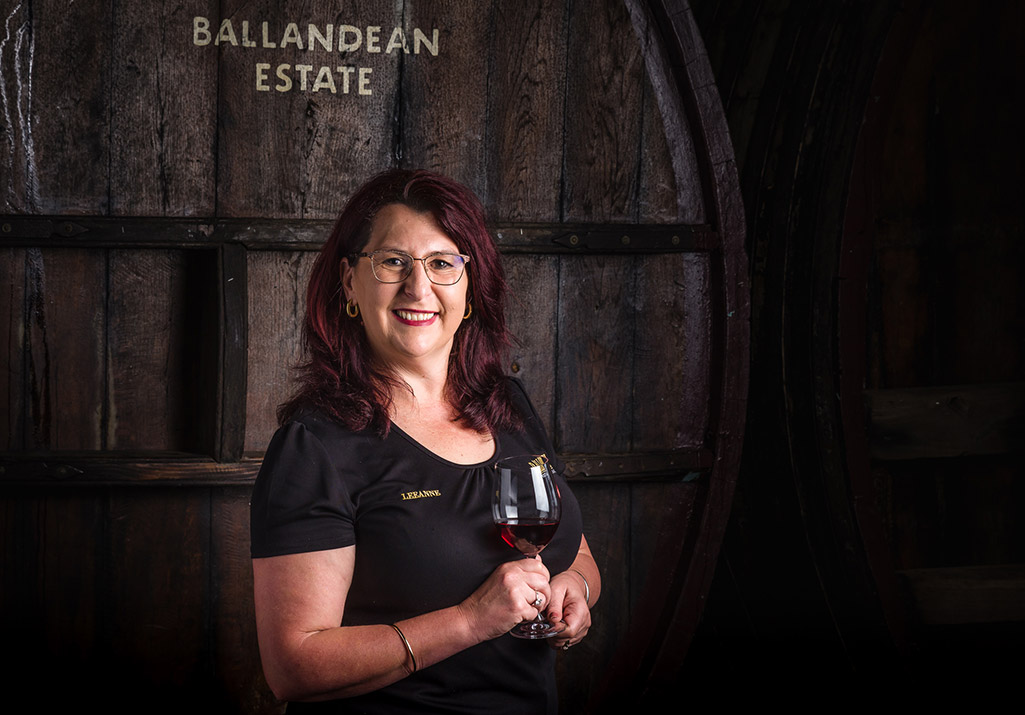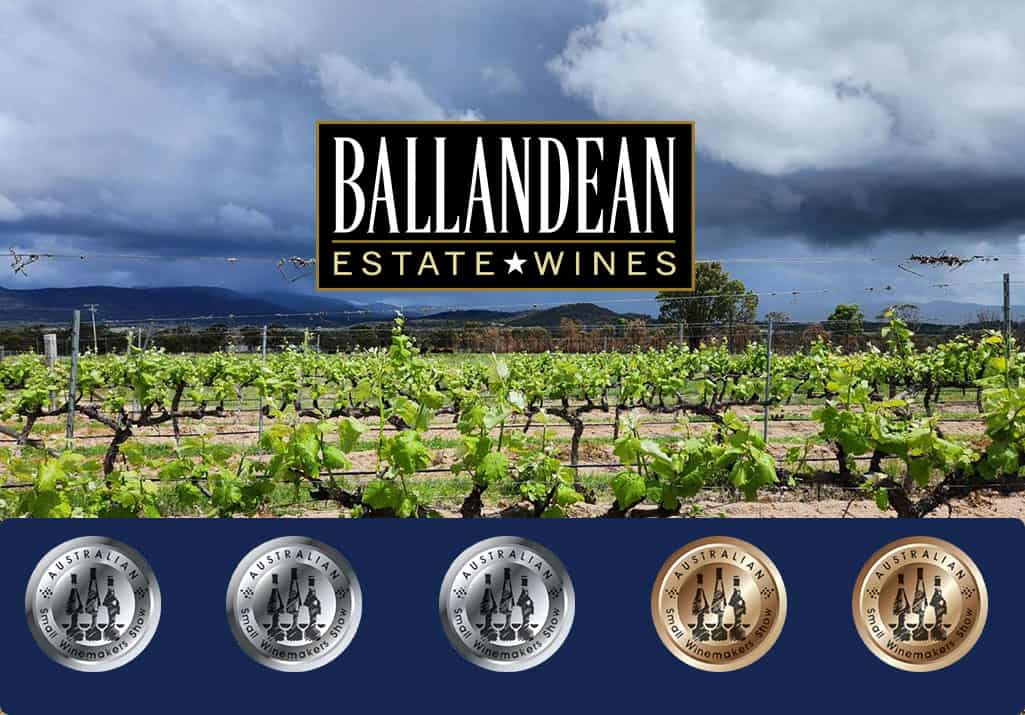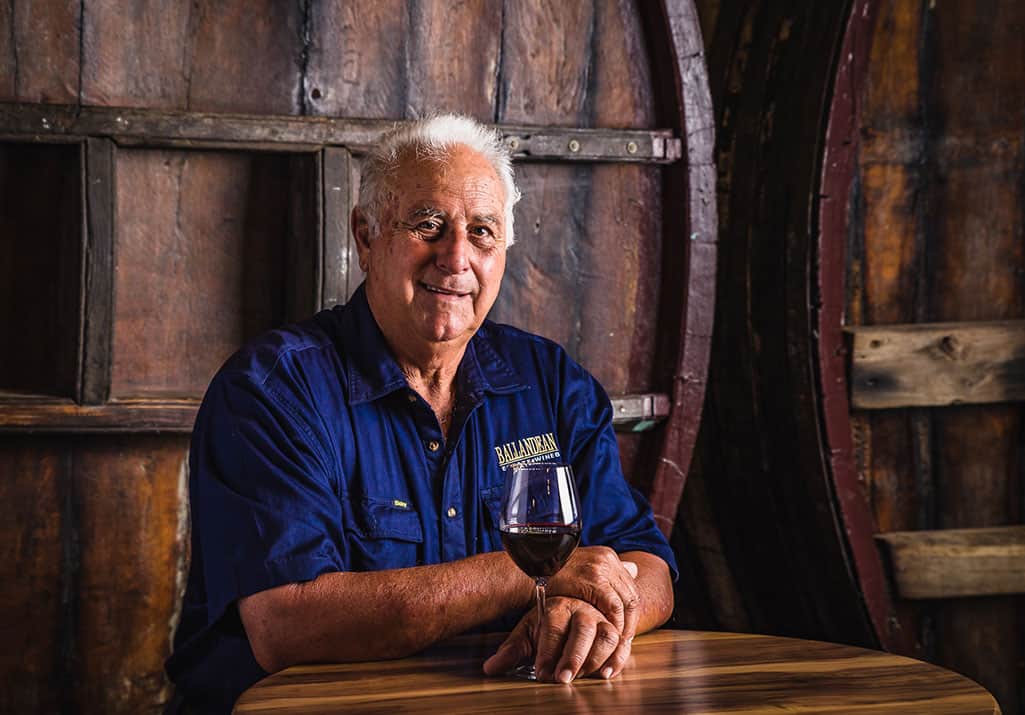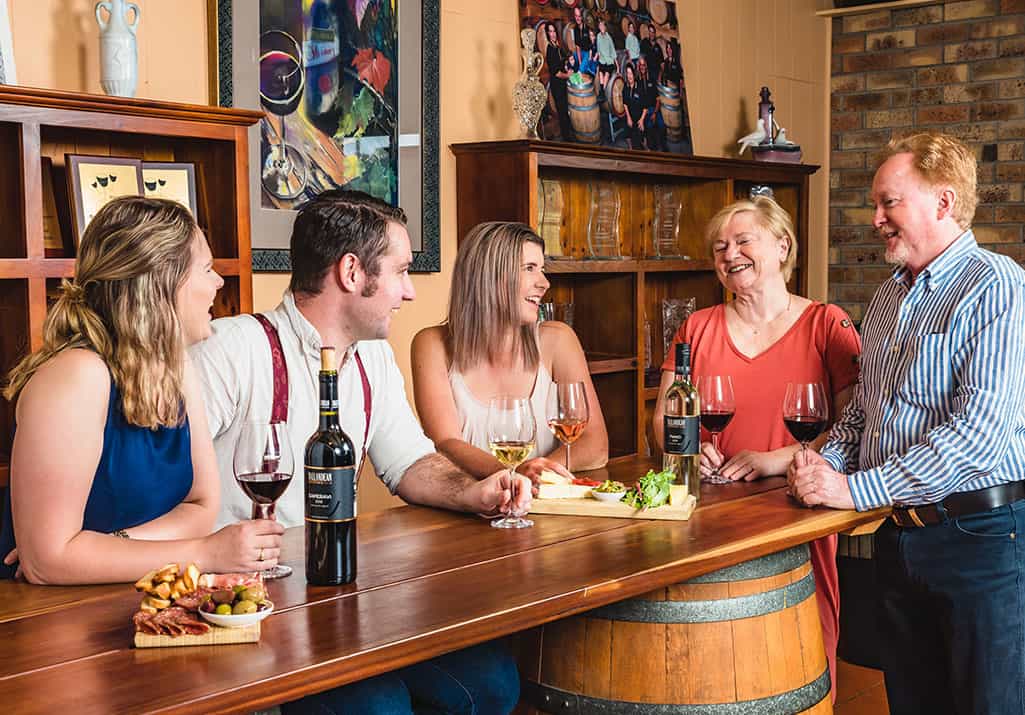
The Granite Belt weighs in to Geographical Indications (GI) debate with European Union at Bond University
Taking Provenance Seriously: Will Australia Benefit from Better Legal Protection for GIs? Colloquium at Bond University on Monday 12 February saw the Granite Belt weigh in to a Geographical Indications (GI) debate with EU Commissioner for Agriculture and Rural Development Phil Hogan. Organised by the Centre for Commercial Law, the event investigated how the European experience can inform the local debate about more effective protection for local brands and rural communities and was attended by over 80 stakeholders. Image credit: Bond University Newsroom
Fourth-generation vigneron Leeanne Puglisi-Gangemi represented Ballandean Estate and the Granite Belt with her insightful presentation on The experience with GIs: Benefits for wine and other industries in a declared GI region.
“Wine drinkers want to know where their wine comes from, and wine producers want protection against competitors who take a free ride on the hard-earned reputation of their unique products. Australia has yet to adopt the EU’s twin GI model for food and wine—as it stands, only the wine industry has registered Geographic Indicators, around 109 at last count,” says Ms Puglisi-Gangemi.
GIs, or geographical indications, identify a product that originates in a specific region where a particular characteristic is attributable to its geographical origin. In Australia, GIs are only applied to wine regions at the moment: 109 Australian wine GIs are already protected in Europe under a longstanding, mutually beneficial agreement sealed in 1994, The GI system is designed to protect the use of the regional name under international law and is governed by the Geographical Indications Committee, overseen by Wine Australia.
European Union Agriculture and Rural Development Commissioner Phil Hogan is visiting Australia to lay the groundwork for an EU-Australia free trade agreement.


What is the value of Geographical Indication to Granite Belt wine producers?
One of Australia’s most influential women in wine, Leeanne Puglisi-Gangemi gets excited when she talks about the value of the Geographical Indication to Granite Belt wine producers.
“We are the Granite Belt and we are proud! Well, it is our sense of place and most producers in the region are proud of the wines being grown and made in the Granite Belt. So much so, that the Granite Belt Wine Tourism association took the notion one step further with the creation of our Strange Bird™ Wine Trail 13 years ago. It is a kind of appellation with strict rules applying to the wineries if they want their wines to be known as Strange Birds™: Wine to be produced on the Granite Belt, Fruit to be grown on the Granite Belt, Fruit must be alternative—representing less than 1% of the total annual crush as prescribed by Wine Australia.
How has Strange Bird™ benefited Granite Belt wineries?
“Today, the Australian wine consumer is ready and willing to taste wines they have never heard of—the rarer the variety the better. Twenty years ago, this was not the case as Australian wine drinkers were not so brave. Consumers today are also willing to pay premiums for such rare finds.
“If your cellar door does not have a Strange Bird™ on the list you are missing out on sales. And with approximately 75% of all wine produced in the Granite Belt sold directly to tourists, this is an opportunity not to be missed.
“Another benefit of trademarking our Strange Birds™ has been renewed enthusiasm by local producer. Vignerons are on the hunt for new varieties to grow in the Granite Belt. This planting frenzy seen our grape growers searching for new varieties that suit our terroir – grapes that grow well in our unique climatic conditions and soils.
“As a result, the Granite Belt has been winning international awards at an exponential rate. So with the success of Strange Birds™ and the potential of our food trail, the importance of our GI cannot be underestimated.
“I tell our cellar door visitors that we make fantastic Shiraz in Ballandean and have done so for 50 years. But in just 14 short years of growing Saperavi in Ballandean we have been named in the top three producers of the world (outside of its native Georgia). From grapes grown on our Ballandean vineyard in the Granite Belt.
Along the Granite Belt’s Strange Bird Wine Trail with Leeanne-Puglisi Gangemi
GIs loom as a sticking point in FTA negotiations next month with Australian producers concerned they could be forced to give up the right to use certain names such as prosecco and feta.
How can GIs bolster rural communities?
But Mr Hogan said GIs were “not one-way traffic”.
“There is a clear potential to extend GI protection to high-quality Australian food products (in the EU),” the Commissioner said.
“I have been told a number of potential Australian candidates for GI protection are on their way, such as King Island dairy products, King Island beef, Tasmanian whisky, Tasmanian lobster, Huon Salmon and Bangalow pork.
“The price obtained by a producer of a traditional product is two-and-a-quarter times the price received for a comparable non-local product.
Mr Hogan said the European experience showed GIs bolstered rural communities and netted higher incomes for producers.



